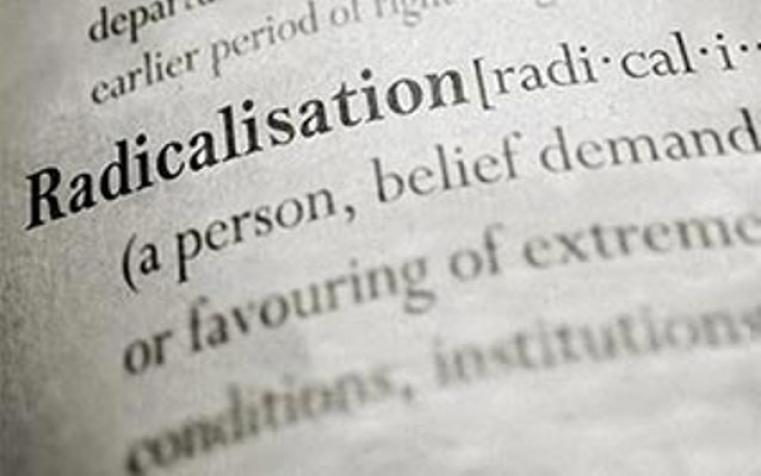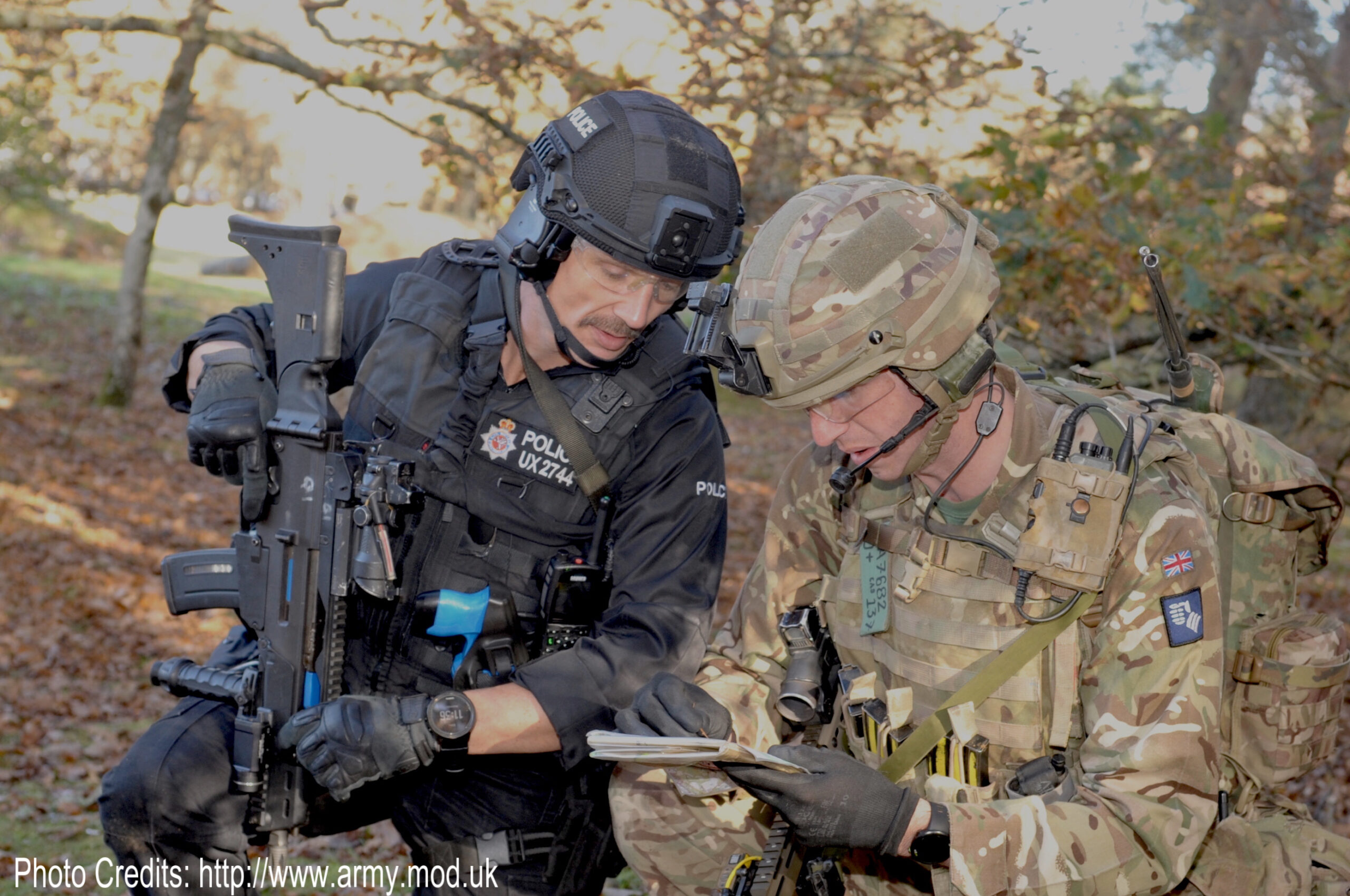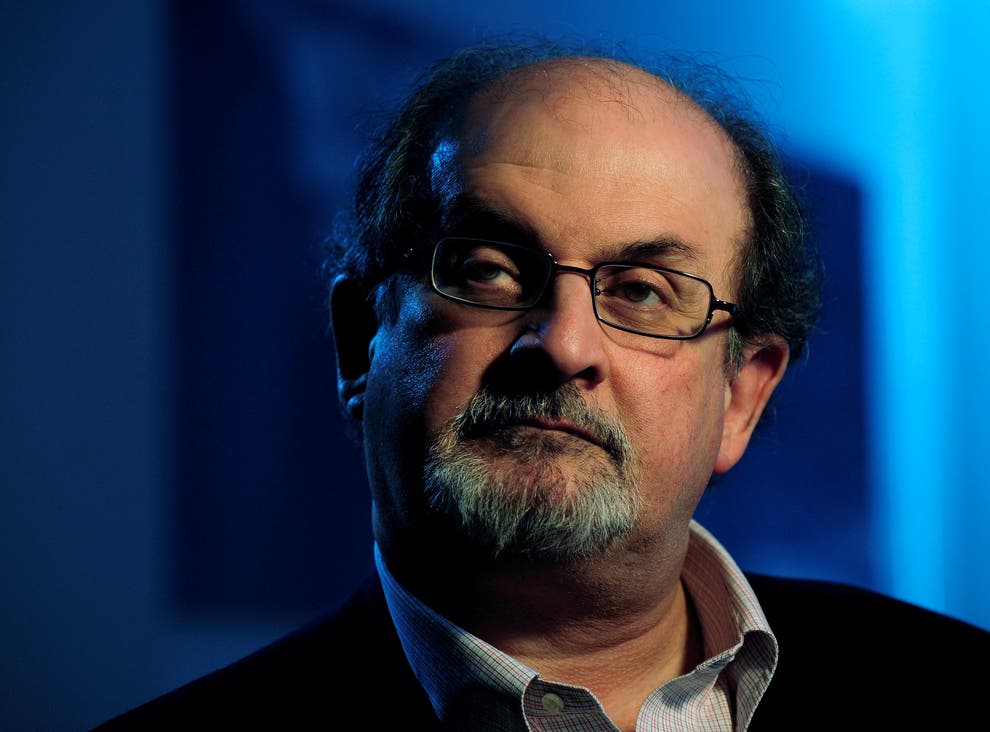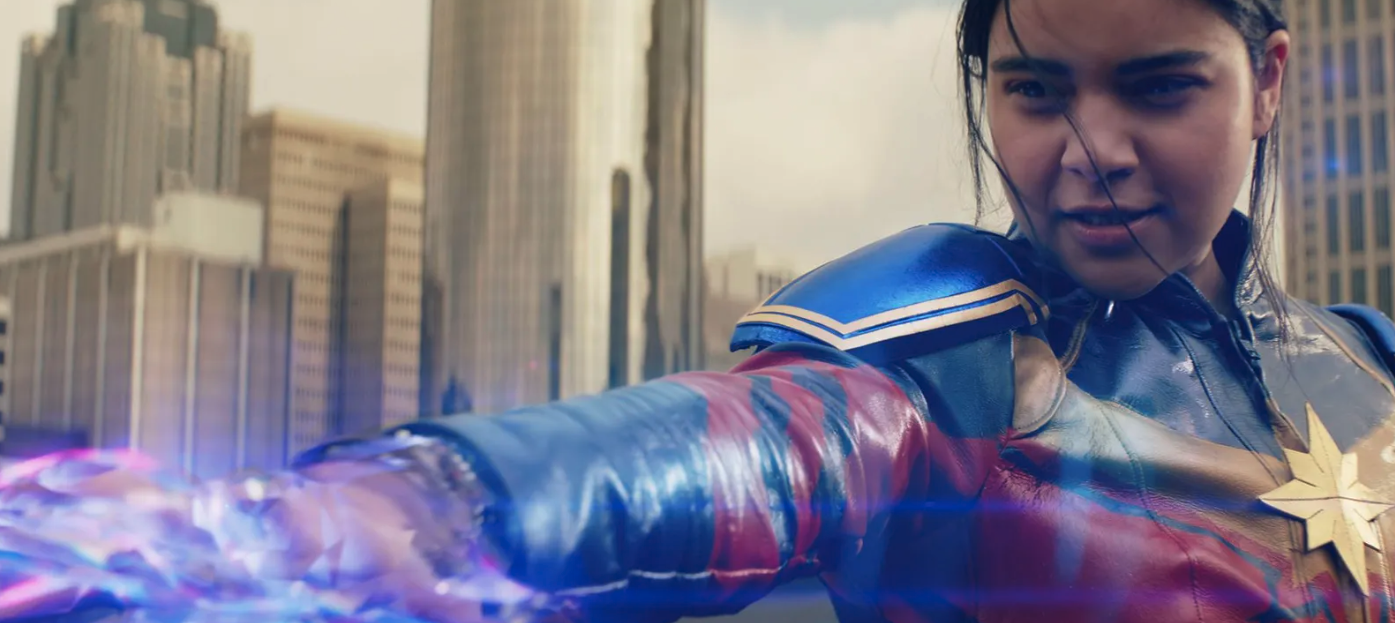In his head shot, he’s posed like Leonardo DiCaprio for Tag Heuer, eyes upward in a pensive stare with a giant watch beside his cheek. Photos on Facebook show him in a production studio, the creative home base for the songs and videos he has become famous for. Muhammed Abu ‘Azrael al-Karbalai seems boyish and accessible — the singer even lists his mobile number on his Facebook page. But the 23 year-old Iraqi’s latest track, which surfaced online sometime between April and May, contains Arabic lyrics that translate roughly to:
Do not cross the line. . . We will silence you
Oh Syrian army, focus and show them what you can do
“This one is complex,” said Smyth, a researcher at the University of Maryland, who recently posted the video and translated lyrics on Jihadology.net, a Web site that tracks digital material released by jihadist organizations. “The groups out of Iraq are sophisticated. Some of them even have their own production companies.”
With easy access to home production studios and widespread social media presence, jihadist nasheeds are becoming ubiquitous, employed by both Sunni and Shia groups. Aaron Zelin, a fellow at the Washington Institute for Near East Policy, has been chronicling the nasheeds since 2010, when he created Jihadology.net. He has found Auto-Tuned nasheeds that date back to the 1990s, and he isn’t surprised by high-quality production.
“Jihadists are some of the earliest adopters of technologies,” Zelin said. “Every top level group uses HD-quality production, Photoshop, voice-overs. It’s all top shelf.”






